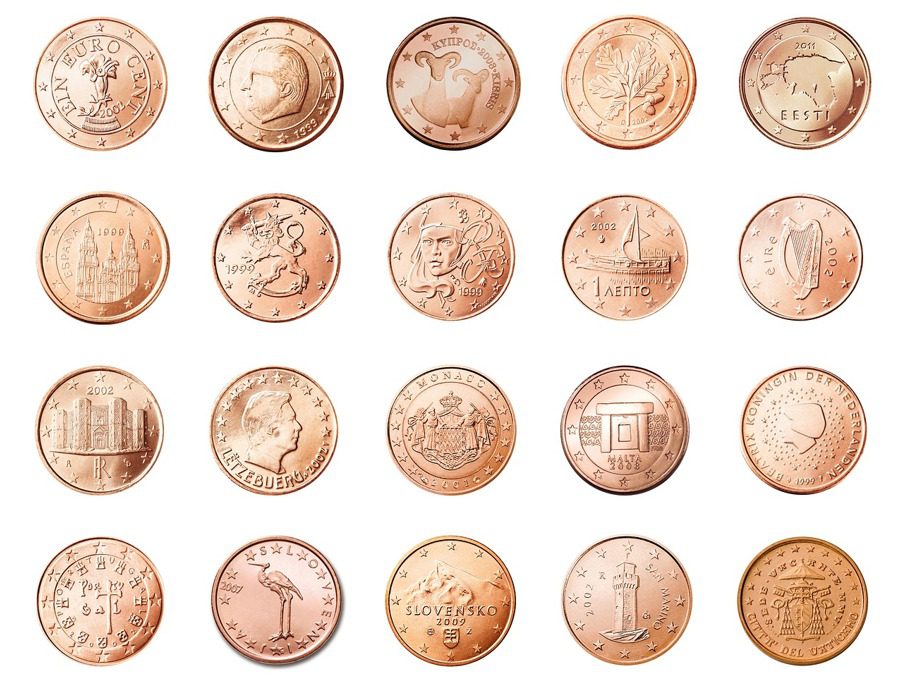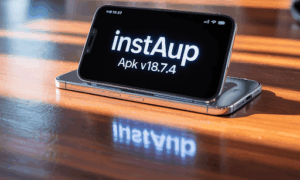If you send money to your family or pay for services outside your country, the process doesn’t have to be a headache. A few clear choices on how you pay, how your recipient gets the funds, and when you need the money to arrive can make this a formidable experience.
Let’s walk through the essentials so you can move your money with confidence and avoid last‑minute surprises.
Choose the right transfer method for your needs
Start asking yourself what matters most this time: speed, cost, or convenience for the person who’s receiving? Online transfer services let you send to a bank account, arrange cash pickup, use a mobile wallet, or, in some places, request home delivery. If you’re in a rush, card‑funded transfers are typically the quickest; when you can wait a bit, a bank transfer often costs less.
Your payment method also shapes the price and timing since bank debits tend to keep fees lower. Debit and credit cards usually move faster, with a slightly higher cost. Before you confirm, look for a clear breakdown: fee, exchange rate, and the exact amount your recipient will get.
Understand costs, exchange rates, and timing
Three levers set the tone of any transfer, and those levers are the fee you pay, the exchange rate you receive, and how long the delivery takes. Fees vary by how you fund the transfer and how the recipient collects the money. The exchange rate determines how far your money goes once it’s converted, and delivery time depends on the method you pick and local conditions.
Many people choose to send money to the Philippines to cover school fees, medical bills, or monthly support. When timing is tight, cash pickup or a mobile wallet can be the fastest route. When the goal is a clean account‑to‑account transfer, a bank deposit works well. Keep an eye on weekends, local holidays, and time zones because they can shift final delivery to the next business day.
If you can see real‑time tracking, use it. A PIN or order number lets both you and your recipient check the status without guessing. Sharing that reference upfront avoids anxious messages and helps everyone coordinate.
Get your details right and stay organized
Make sure your recipient’s name matches their ID exactly. Double‑check bank account numbers, mobile wallet IDs, and the chosen cash pickup location. For bank deposits, you may be asked for the bank name and account number (or codes like SWIFT, which identify banks for international transfers). For cash pickup, confirm which ID your recipient will bring.
If you send regularly, save frequent recipients and your preferred payment method, because this cuts the setup time and reduces typing errors. Many apps also store past transfers, so repeating a transaction takes a few taps, and you can spot anything unusual before you hit send.
We can say that sending money abroad fluently comes down to picking the method that fits your goal today, reviewing the full cost and exchange rate before you pay, and checking the recipient details. With those bases covered, your transfers feel routine, in the best sense of the word, reliable, clear, and on time.



































